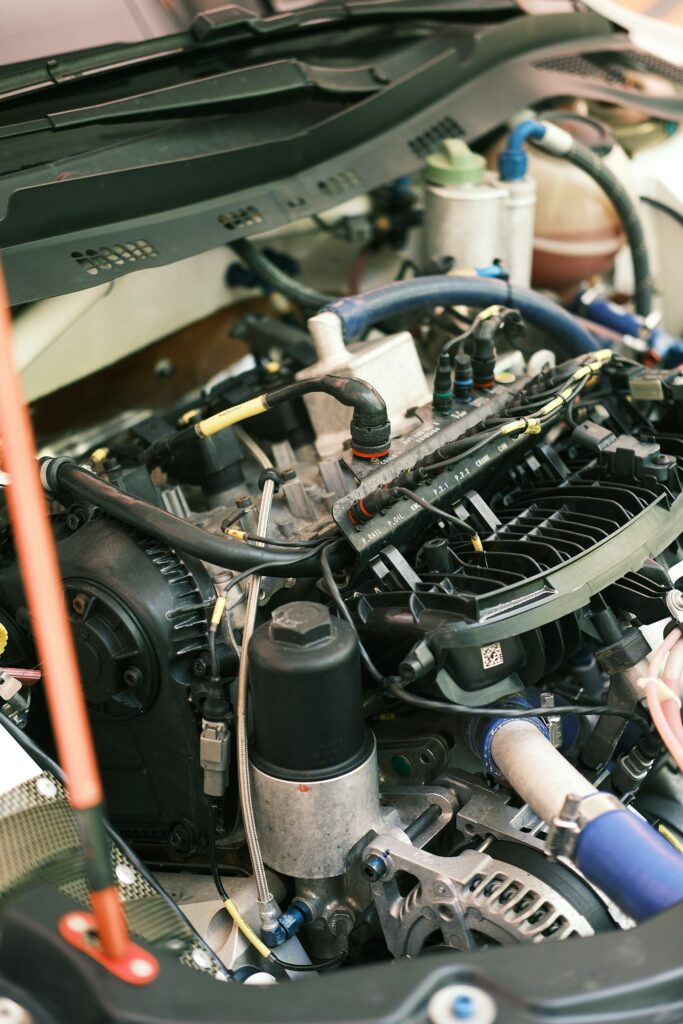
As one of the most mature student in this master’s program, I perhaps bring a unique perspective that is shaped by well over two decades of experience in Technology Education. My post-secondary education began at the College of New Caledonia (CNC), transitioned to the British Columbia Institute of Technology (BCIT), and finished at the University of British Columbia (UBC). From there, I transitioned directly into teaching Automotive, Metalwork, and other shop-based subjects. During my career, most of my assignments were done in paper format; I used the computer very little. Consequently, I feel somewhat disadvantaged when it comes to using computer technology. When I think of technology, I envision hardware, not software and programs, and this could include (and here is where the shop guy comes out) advancements in Automotive Technology, such as hydrogen-powered vehicles and electric vehicle technology, computer-assisted welding processes, and also alternative energy and the technology surrounding that. It has only been recently that I have been focusing on computer technologies and software programs.

Photo by Bernd 📷 Dittrich on Unsplash
During my time as a young student in post-secondary education, I didn’t have any distance education or online educational experiences. In fact, I only got the Internet during my last year of university studies at UBC in 1996. My only prior experience with distance education was at the age of 12 when I completed the CORE (Conservation Outdoor Recreation Education) course required for my hunting license. This course was a correspondence-based model, where I received books and assignments by mail, studied independently, and then completed an invigilated exam. In this format, distance education was a truly solitary endeavor.
For the first 24 years of my career, I gave little thought to eLearning because I didn’t believe it was feasible to deliver shop courses online. Teaching shop classes was a passion of mine, so much so, I assumed I would stay there until retirement. My perspective shifted three years ago, however, and I started working at an online school called Ebus. Working here has truly exposed me to the potential of online education. The courses I teach now are fully asynchronous, though students have the option to contact me via e-mail or video chat which enhances the online experience.

Photo by Cemrecan Yurtman on Unsplash
Pursuing my master’s degree entirely online has enhanced my appreciation for online education. During a recent summer course, for example, the instructor employed a multi-access modality in the course. Some students chose to work on campus in person, and many of us who live too far away to attend in person still did the course and interacted with the students who were there in the classroom. I was grateful for this method of teaching/learning and found it invigorating! Despite us being apart geographically, we interacted and collaborated almost seamlessly. This method of learning provided me with a new perspective on the future of education.
During class discussions about the future of educational modality, it’s important to clarify the terminology. Modality, as Irvine defines it, “typically refers to the location and timing of interactions. (Irvine, 2020) The terms blended, hybrid, hyflex, multi-access, synchronous, and asynchronous can have different meanings that can get lost in semantics. Establishing clear definitions is very important as we consider different modes of education.
As I consider if I have a bias when it comes to online education, I recognize that online education still has its challenges. For those of us who did not grow up with digital learning, establishing connections with peers and instructors can feel less than natural than when making connections face to face. In person connections feel more authentic. That being said, living in a rural area such as Vanderhoof, I am most grateful for the opportunity to pursue a master’s degree online. I am gradually overcoming my hesitation to engage with the instructor and students, though my indedendant natureplays a role in this as well.
The question was asked in class: What is the future of modality in education?
First, we need a standard definition of the different types of modality, such as Blended, Hybrid, Hyflex, Multi-access, synchronous, Asynchronous, and Synchronous etc… The meanings of these terms have become unclear and lost in semantics.
I believe the future of education will be multi-access as it is the most inclusive form of education to date. Students from different places will be able to access the same course in various ways. This makes education more inclusive. Physical health, mental health, and distance barriers will become history. I believe this is vital to maintain a healthy, happy society. An educated society is a much happier, well-adjusted society. Much of the extremist behaviours we see in the news and social media today could likely be fixed with education.
I believe there will be more multi-access opportunities. There will be continued changes in modalities and teaching; I think there will be new things that we cannot even dream of yet. Perhaps there will be perfectly written AI courses that are fully immersive and may involve physical activity during virtual reality, like the game where people ran around finding Pokemon, but it will be education. Technology is changing so rapidly exponentially that the future will look very different.
In conclusion, location does not matter as much in education as it used to, so there will continue to be equal opportunity for everyone to attend post-secondary education across the country, including rural and remote areas that are far from Universities. It really is uplifting to see all the changes made in online education from my childhood up until now.
Irvine, V. (2020). The landscape of merging modalities. Retrieved from https://er.educause.edu/articles/2020/10/the-landscape-of-merging-modalities
Leave a Reply